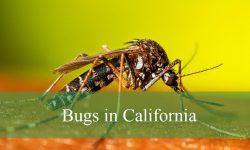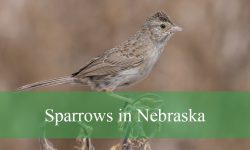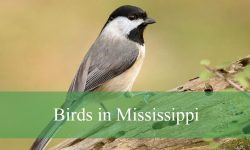Florida wolf spiders contribute significantly to the diverse arachnid population in the United States, representing a diverse range of species with unique characteristics and behaviors. Of these, the Carolina wolf spider (Hogna carolinensis) claims the title of largest wolf spider in the United States and is widely distributed throughout Florida. With a body length of nearly 1.4 inches, this spider is a formidable predator known for its preference for eating large insects such as crickets and grasshoppers.
In addition to the Carolina wolf spider, Florida is home to many other species of wolf spiders, each adapted to specific environments and exhibiting unique characteristics. The beach wolf spider (Arctosa littoralis) is well suited to coastal life, thriving in sandy beach habitats. This species has adapted to its surroundings, taking advantage of its environment to hide and hunt.
This article will help you learn about 11 common types of wolf spiders in Florida and their characteristics and identification details.
Different types of Florida wolf spiders
Carolina Wolf Spider
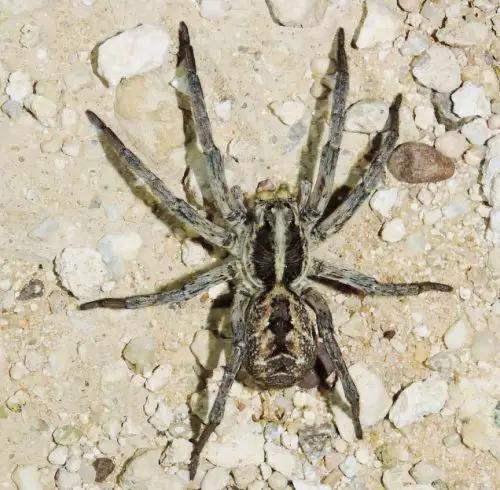
The Carolina wolf spider, scientifically known as Hogna carolinensis, holds the title of the largest wolf spider species in the United States. With a formidable body length of almost 1.4 inches, these arachnids are widespread across the country, thriving in regions like Florida. Renowned for their predatory prowess, Carolina wolf spiders exhibit a penchant for devouring sizable prey such as crickets, grasshoppers, and astonishingly, house geckos.
Field Wolf Spider
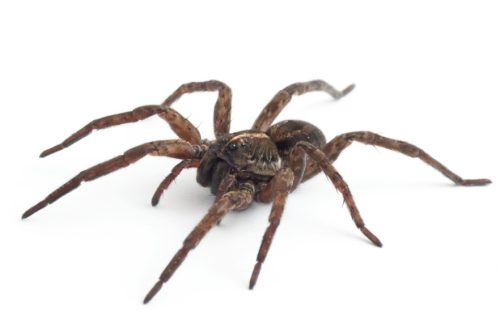
Belonging to the species Hogna lenta, the field wolf spider is a ground-dwelling arachnid that thrives in densely vegetated environments. These spiders construct intricate burrows, utilizing small webs or silk both inside and on top of their shelters. The external webs serve as finely tuned tripwires, alerting the field wolf spider to the presence of small insects traversing them. While these spiders are less frequently encountered in residential areas in Florida, they are commonly found in natural landscapes and outdoor recreation areas, showcasing their preference for less urbanized habitats.
Beach wolf spiders
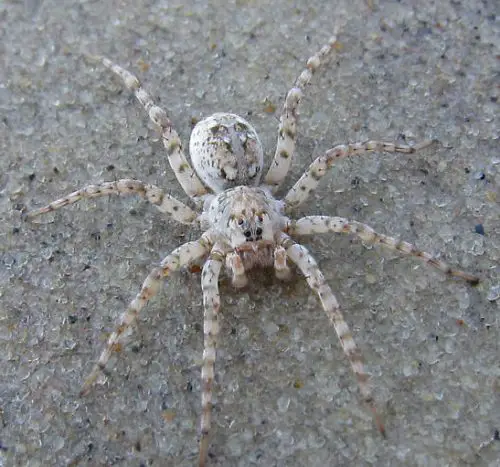
Beach wolf spiders (scientifically known as Arctosa littoralis) coexist peacefully with beachgoers who enjoy sunbathing on Florida’s vast sandy beaches. Although adaptable to a variety of habitats, this eight-legged invertebrate is especially fond of sandy areas where it can hide in sand or other debris. Beach wolf spiders follow the same general schedule as wolf spiders, meaning they are rarely seen during the day.
Wetland Giant Wolf Spider
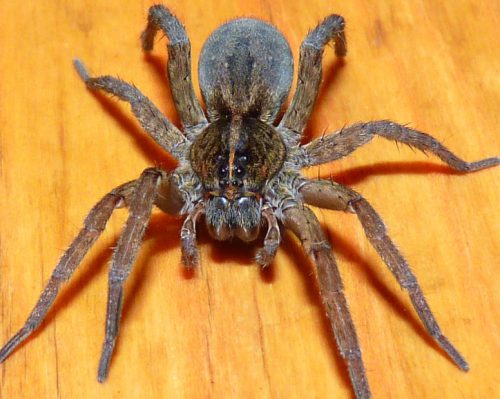
Thriving in the lush landscapes of the United States, including the marshes of Florida, the Wetland Giant Wolf Spider, scientifically classified as Tigrosa hellulo, lives up to its name by favoring damp habitats. This arachnid’s extensive distribution encompasses wetlands, woods, riparian areas, and fields. The females of this species exhibit an intriguing behavior, crafting burrows beneath rocks and boards as shelter.
Santa Rosa Wolf Spider
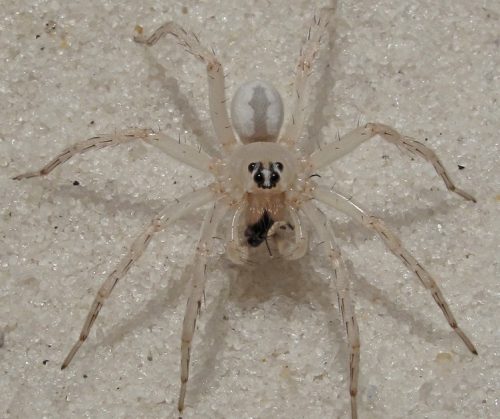
The Santa Rosa Wolf Spider, or Arctosa sanctaerosae, is a species of particular conservation concern that lives along Florida’s sandy coasts. These spiders have a restricted range and are found in regions that are susceptible to environmental issues such as development, hurricane damage, and rising sea levels.
Tigrosa annexa
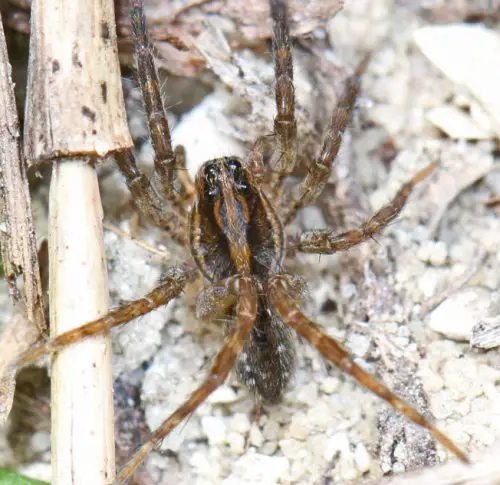
At about 10–18 millimeters, Tigrosa annexa, the tiniest member of the wolf spider family, is the smallest of its genus. These arachnids are pale yellow in color and have a dark V-shaped pattern on their bodies. They are found all throughout the United States East Coast, from Delaware to the Florida Keys, and from Texas to Texas in the west. They prefer environments that are dry and sandy.
Rabid Wolf Spider
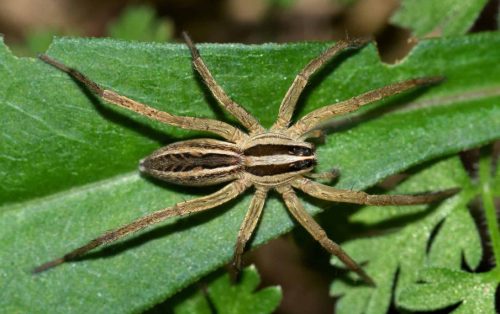
The Rabid Wolf Spider, scientifically named Rabidosa rabida, stands out as a sizable species within the wolf spider family, with females surpassing males in size. Females can attain a body length of nearly an inch, while males typically measure half of that. Diverging from the habitat preference of Tigrosa annexa, these spiders favor wooded areas and locations with debris or garbage for concealment. Their range spans from as far north as Maine, down the entire east coast, reaching into Florida.
Tigrosa georgicola
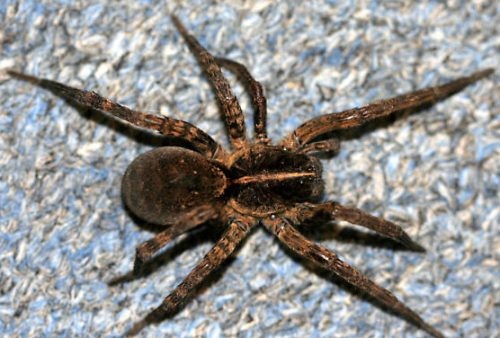
Among wolf spiders, Tigrosa georgicola stands out for its unique behavior—it hunts mostly during the day, unlike most wolf spiders, which are nocturnal. Adults of this species have a body length of between 0.4 and 0.9 inches, with females being larger than males. living on the forest floors of woody regions in the US Southeast.
Koch’s Wolf Spider
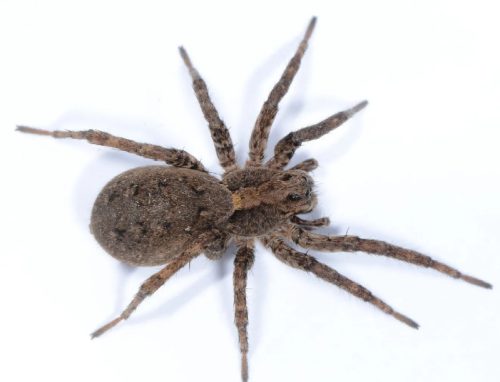
The Koch’s Wolf Spider, or Alopecosa kochi, is recognized for its symmetrical body, reaching up to 16 mm in length with a carapace measuring 4.67 mm in length and 3.3 mm in width. Found in the United States, they sport an exoskeleton for protection and structural support. As carnivores, they prey on other animals and possess corneal eyes for specialized vision. Notably, these spiders employ “thanatosis,” feigning death to deter predators. With a primarily nocturnal lifestyle, they feed on insects and smaller spiders. While possessing a venomous bite, the Koch’s Wolf Spider generally poses minimal risk to humans, causing mild irritation.
Schizocosa ocreata
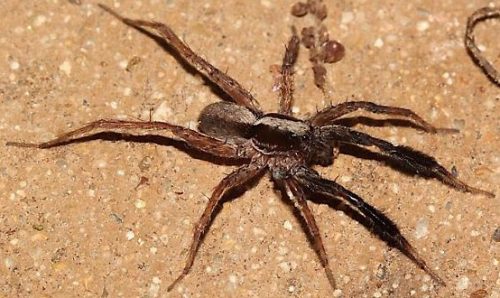
The “brush-legged wolf spider,” scientifically known as Schizocosa ocreata, resides in North America and is a member of the Lycosidae family. Characterized by dark fur-like coverings around its legs, this spider is prevalent in the central and eastern United States. Distinguished within the Schizocosa genus by its black hairy legs, Schizocosa ocreata showcases a unique trait in males—a pair of bristle tufts, serving as a distinctive secondary sexual characteristic.
Funnel Web Wolf Spiders
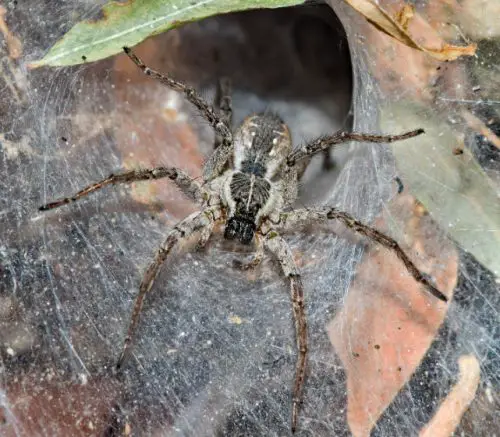
Funnel-web wolf spiders, specifically the genus Sosippus in the Lycosidae family, are unique for producing sizable funnel-like webs akin to those of Agelenidae. Characterized by longer posterior spinnerets compared to other wolf spiders, Sosippus is found in the southern United States, Central America and some in Florida. Their distinctive three-row eye arrangement includes two large eyes in the second row, two larger lateral eyes in the third row, and four small eyes in the anterior row. Unlike most wolf spiders, Sosippus, belonging to the Hippasinae subfamily, deviates by constructing horizontal funnel-shaped sheet webs, providing both a hunting platform and a refuge.
People Who Read This Also Read:



